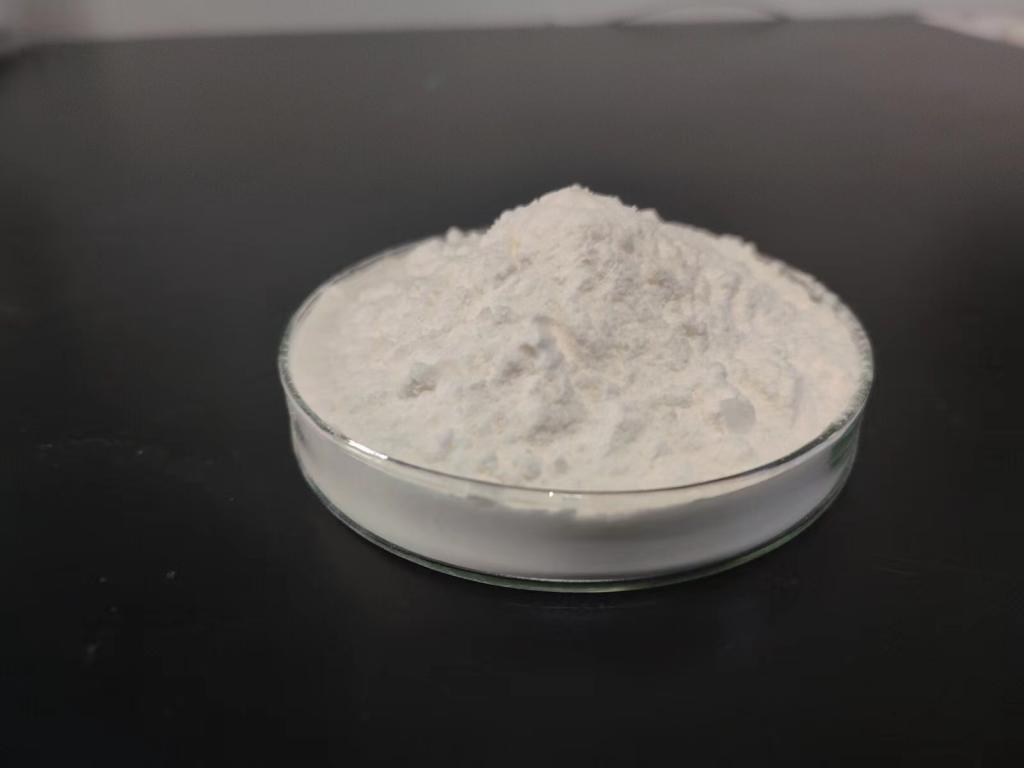Tel:0086 18231198596

News
Current Position:
Home >
News
>ε-Polylysine Hydrochloride: A Catalyst for Innovation in Environmental Microbiology
ε-Polylysine Hydrochloride: A Catalyst for Innovation in Environmental Microbiology
TIME:2024-02-01
I. Understanding Environmental Microbiology:
Microbial Roles in Ecosystems:
Microorganisms play vital roles in various ecosystems, contributing to nutrient cycling, decomposition, and maintaining ecological balance. However, certain microbial activities can pose challenges, leading to contamination and environmental degradation.
Environmental Microbiology Challenges:
Challenges in environmental microbiology include the spread of harmful microorganisms, antibiotic resistance in environmental bacteria, and the impact of pollutants on microbial communities.
II. Characteristics of ε-Polylysine Hydrochloride:
Origin and Production:
ε-Polylysine is a natural antimicrobial peptide produced by certain bacteria. Its hydrochloride salt form is water-soluble, facilitating its application in various environmental microbiology contexts.
Antimicrobial Mechanism:
ε-Polylysine hydrochloride exerts its antimicrobial effect by disrupting microbial cell membranes, making it effective against a broad spectrum of bacteria and fungi.
III. Applications in Water Treatment:
Microbial Contamination Control:
Waterborne diseases and microbial contamination are persistent challenges. ε-Polylysine hydrochloride can be applied in water treatment to control and eliminate harmful microorganisms, ensuring the safety of drinking water.
Biofilm Disruption:
Biofilms, formed by microbial communities on surfaces, contribute to contamination and corrosion. ε-Polylysine hydrochloride's antimicrobial action can disrupt biofilm formation, enhancing the efficiency of water treatment processes.
IV. Soil Remediation and Agricultural Applications:
Control of Soil-Borne Pathogens:
Soil-borne pathogens pose threats to crop health and productivity. ε-Polylysine hydrochloride can be utilized to control these pathogens, promoting sustainable agriculture by reducing the need for chemical interventions.
Biodegradation Enhancement:
Certain microorganisms play a crucial role in biodegrading pollutants in soil. ε-Polylysine hydrochloride can enhance the activity of beneficial microbes, promoting the biodegradation of contaminants and facilitating soil remediation.
V. Sustainable Approaches to Environmental Microbiology:
Reducing Dependency on Chemicals:
The use of ε-Polylysine hydrochloride offers a sustainable alternative to traditional chemical interventions in environmental microbiology. Its natural origin aligns with eco-friendly practices and reduces the environmental impact of chemical treatments.
Preserving Microbial Diversity:
While ε-Polylysine hydrochloride targets specific harmful microorganisms, it has minimal impact on non-target microbes. This property is crucial for preserving microbial diversity and maintaining ecological balance.
VI. Research and Innovations:
Enhancing Formulations for Environmental Use:
Ongoing research focuses on optimizing formulations of ε-Polylysine hydrochloride for environmental applications, considering factors such as stability, persistence, and compatibility with different environmental conditions.
Synergies with Other Environmental Technologies:
Exploring synergies between ε-Polylysine hydrochloride and other environmental technologies, such as phytoremediation or microbial fuel cells, could lead to innovative and integrated approaches to address complex environmental challenges.
VII. Safety and Regulatory Considerations:
Toxicity and Biodegradability Studies:
Comprehensive studies on the toxicity and biodegradability of ε-Polylysine hydrochloride in environmental matrices are essential to ensure its safety and minimal environmental impact.
Regulatory Compliance:
The incorporation of ε-Polylysine hydrochloride in environmental microbiology applications requires adherence to regulatory standards to guarantee its safe and effective use.
VIII. Case Studies and Success Stories:
Water Treatment Plant Implementation:
Real-world examples of water treatment plants incorporating ε-Polylysine hydrochloride showcase its efficacy in controlling microbial contamination, leading to improved water quality and reduced health risks.
Agricultural Field Trials:
Agricultural field trials using ε-Polylysine hydrochloride demonstrate its potential in controlling soil-borne pathogens and promoting crop health, contributing to sustainable and eco-friendly farming practices.
IX. Future Perspectives:
Innovation in Formulations:
Continued innovation in formulations, possibly incorporating nanotechnology or encapsulation techniques, may further enhance the effectiveness and application versatility of ε-Polylysine hydrochloride in environmental microbiology.
Global Collaboration for Environmental Solutions:
Addressing environmental challenges requires global collaboration. Researchers, industries, and policymakers can work together to implement ε-Polylysine hydrochloride in diverse environmental settings and develop holistic solutions.
X. Conclusion:
ε-Polylysine hydrochloride stands at the forefront of innovation in environmental microbiology, offering a natural and effective solution to microbial challenges in water treatment, soil remediation, and agriculture. As research continues and applications expand, ε-Polylysine hydrochloride has the potential to revolutionize the way we approach environmental issues, providing sustainable and eco-friendly solutions for a healthier planet. Its role as a catalyst for innovation in environmental microbiology underscores the importance of leveraging nature's own mechanisms to address the challenges we face in preserving the health of our ecosystems.

 CONTACT
CONTACT




